The Royal Air Force Squadron Operation Record Books (ORBs) from 1911 to 1963 are available in The National Archives (TNA) series AIR27. The complete collection is now available on Ancestry as well as on TheGenealogist. A smaller selection covering 1939-45 is available on Findmypast, although it cannot be searched by name.
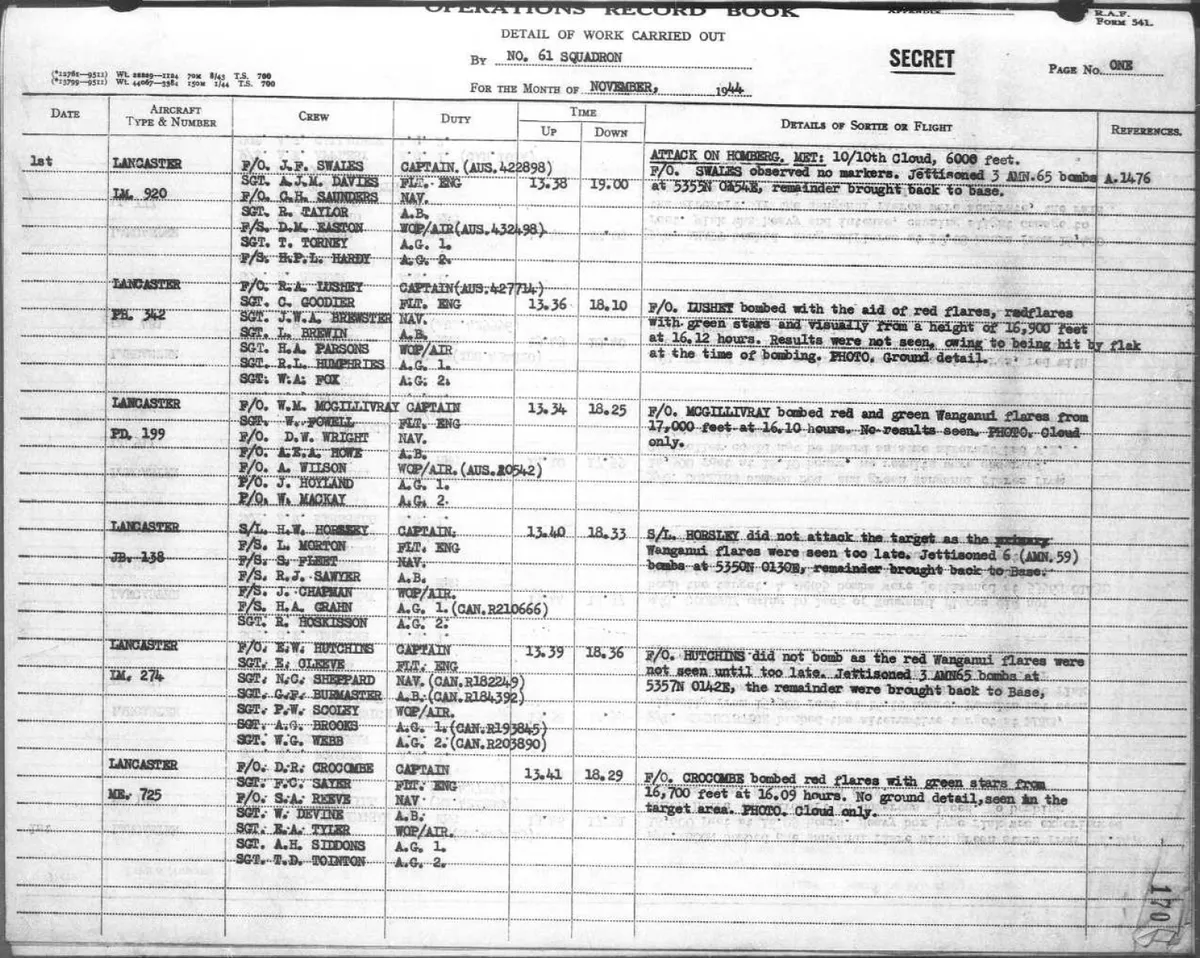
These records are currently free to access on TNA's website. However, they are only searchable by squadron and date. To download an ORB, you’ll need to create an account and sign in. Be aware that there are restrictions on the number of files downloadable over a period.
Don't miss these other articles to help you trace your Second World War RAF ancestors
How to find RAF ORBs
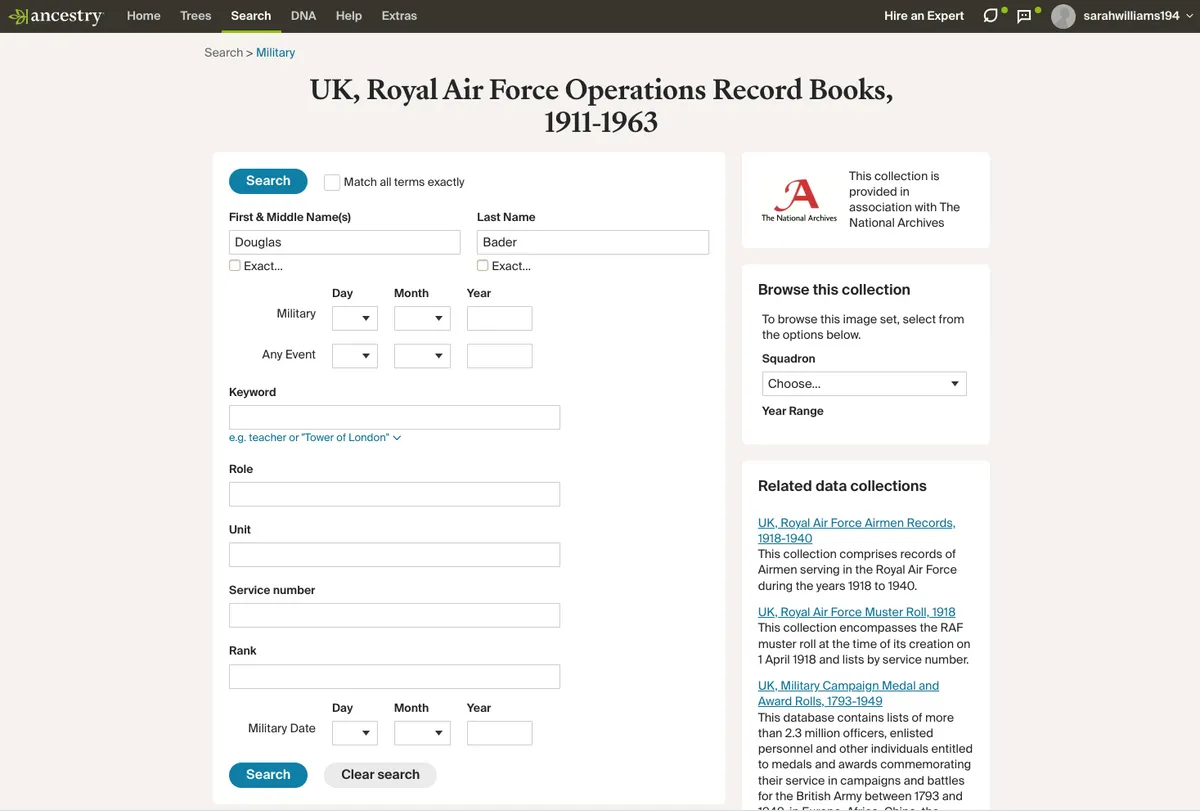
Step one
If you do not have a subscription to Ancestry, then you will need to register with them. It is not necessary to have a paid subscription to search at this stage, but you will need to be registered and logged in. When you are logged in, go to Ancestry collection UK, Royal Air Force Operations Record Books, 1911-1963 and enter the name of the person you are looking for. Start with minimal information and then add more if you get too many results. You can also browse the collection by squadron and year if you have a subscription. Alternatively, if you have a Diamond subscription to TheGenealogist.co.uk you can search using their Master Search page under 'military'. They have their own transcription and may give different results.
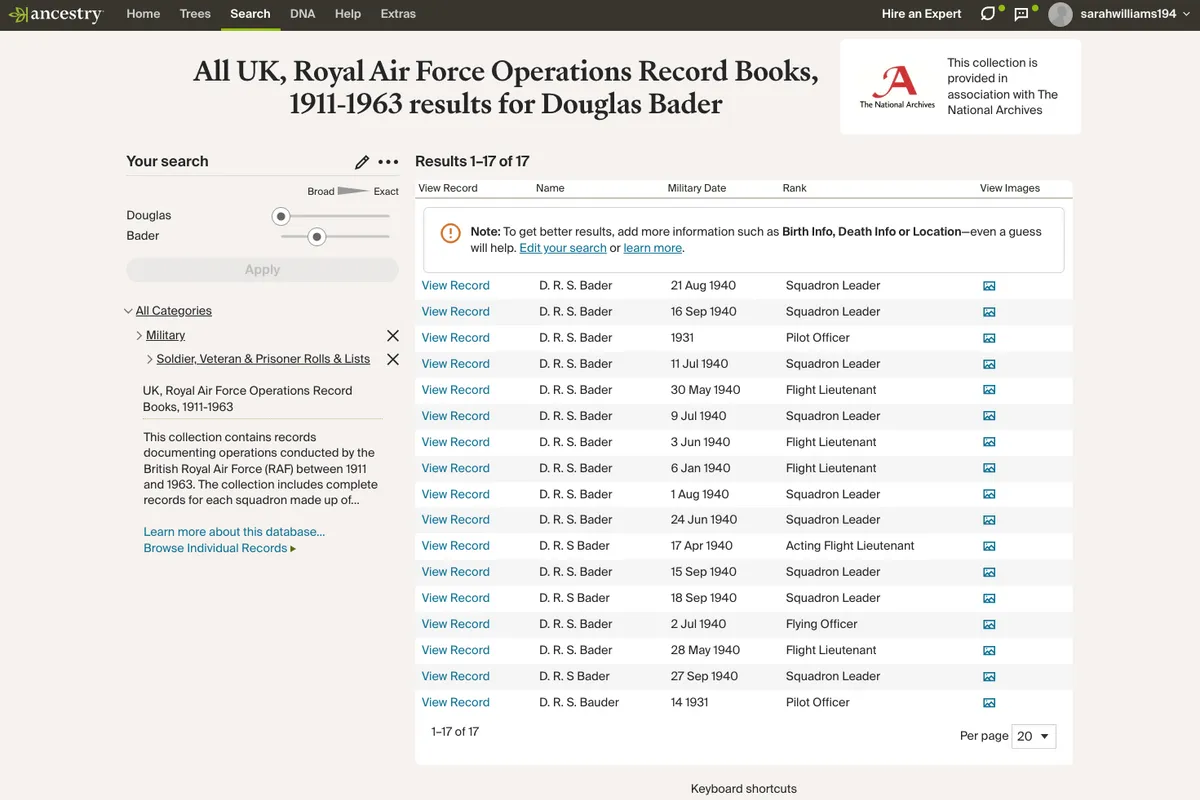
Step two
Click 'Search' and a number of results will come up. Subscribers can click 'View Record' to see the report. If you do not wish to take out a subscription, then you can use the information to track down the ORB from The National Archives' website where they are currently free to download (although not indexed).
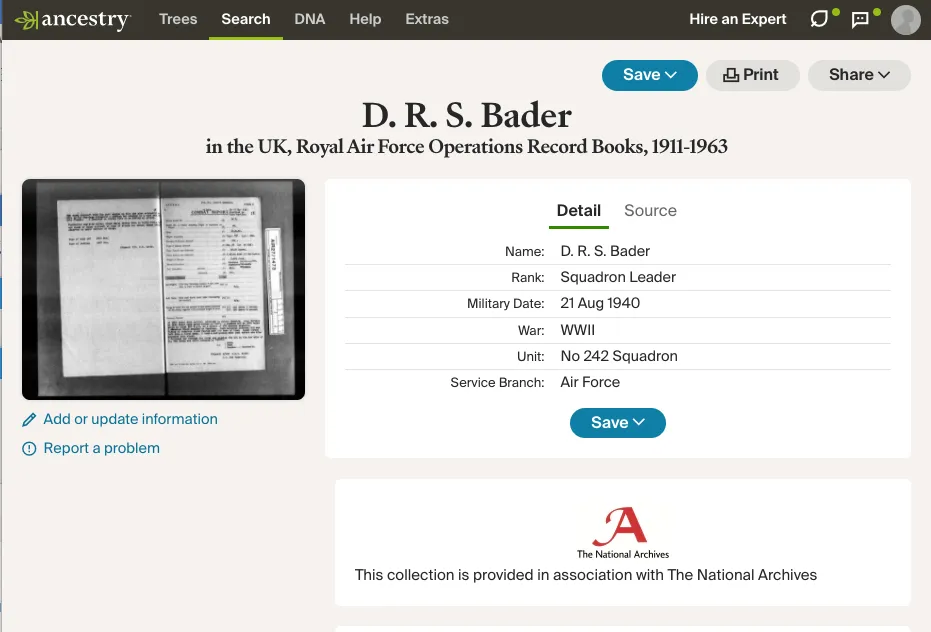
Step three
Click 'Save' for the option to attach the record to someone on your family tree or keep it in your 'Shoebox' for later reference. Click on the record image to see the report.
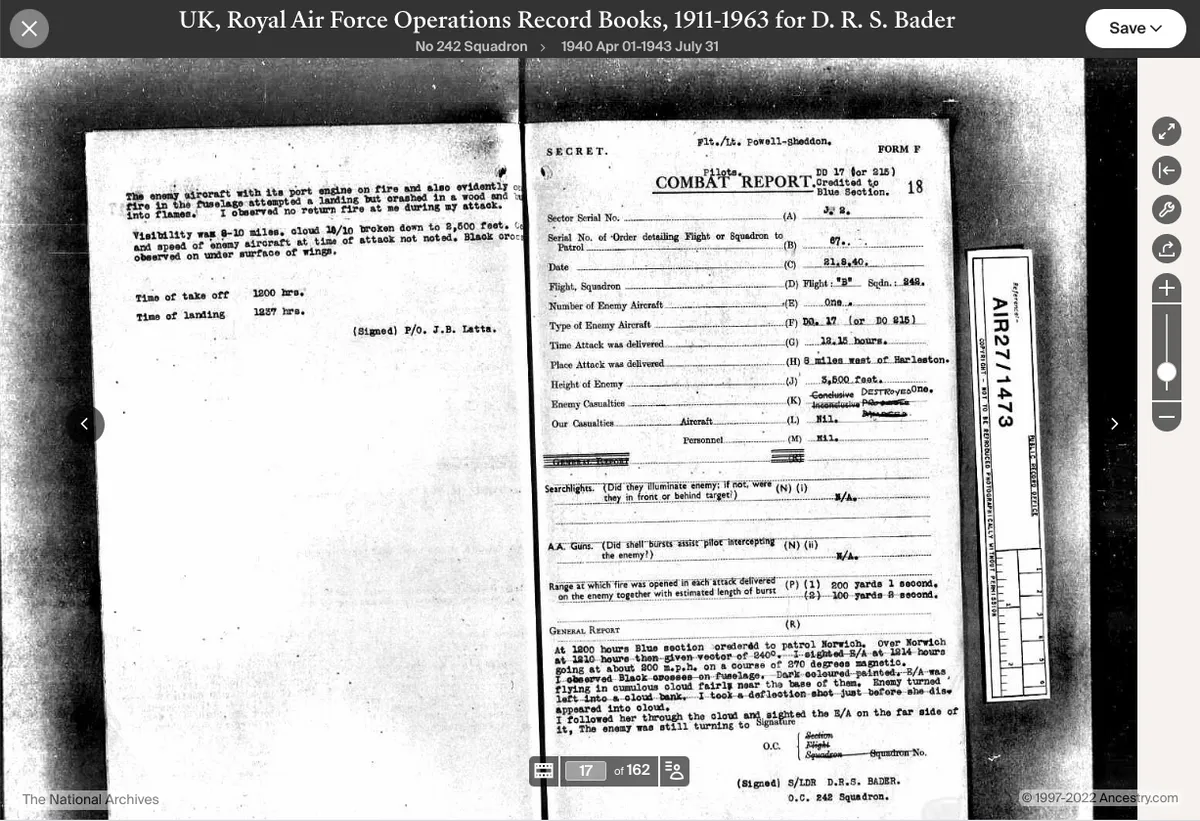
Step four
Once you are on the record image page, you can save the image to your computer if you wish. Press the arrow left and right to scroll through the ORB. It is important to realise that the combat report is often completed on the next page.
Background to ORBs
ORBs were introduced at the end of 1926, and were designed to bring a degree of uniformity to the way that the RAF kept its unit histories. They were based on the Army’s War Diaries, with the exception that the ORBs were also to be completed during peacetime. They comprise both ‘Summary of Events’ forms (Form 540) and ‘Detail of Work Carried Out’ forms (Form 541), and were completed monthly. Form 540 records the activities of the squadron in general terms throughout the month but usually notes officers joining or leaving, official visits, and special events such as the celebrations for Victory in Europe (VE) Day. Form 541 records details of operations on a daily basis including fighter patrols, reconnaissance patrols, and large and small bombing operations.
There are sometimes quite detailed reports of bombing raids from the perspective of each participating aircraft
Crews are named, combats with the enemy noted, casualties recorded (all too often as “Missing”), and there are sometimes quite detailed reports of bombing raids from the perspective of each participating aircraft. The survival rate of ORBs is pretty close to 100 per cent. The main exceptions are those that were lost during the 1940 retreat to Dunkirk, and those that were lost following the debacle in Singapore in 1942 and the withdrawal through what is now Indonesia.
Their accuracy is also very high because they were completed from official documents, including intelligence debriefings of fighter pilots or crews of larger aircraft after an operational sortie. However, errors do occur. I know of one man who swapped crews after the rota was compiled and died when the aircraft came down and isn’t on the ORB; also a senior officer who took part in operational flights, whose presence is omitted from the ORB but is recorded in a logbook.
But, on the whole, they’re very accurate, although there may be fewer details at times of high activity such as in fighter squadrons during the Battle of Britain. You should also bear in mind that – particularly in the case of officers – after a spell of active service or a promotion, RAF personnel often spent time on administrative, training or other work, and this part of their service may be missing.
ORBs exist for all types of RAF units, from mobile radar stations, hygiene units, training schools, personnel reception centres and recruitment centres to group headquarters, wings and RAF stations. However, these have not been digitised and must be seen at TNA.
Phil Tomaselli is a military history expert and the author of Tracing Your Second World War Ancestors